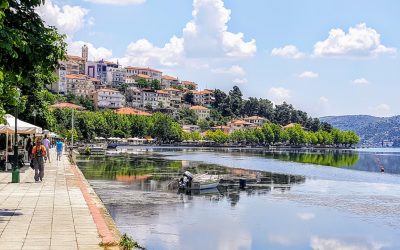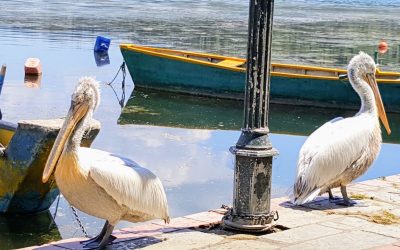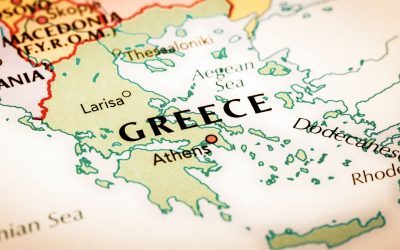As I write about our Greek adventures for a magazine article this week, I have noticed how many posts there are on Facebook about heading...

Ferry to Greece
Ferry to Greece
Highlights of Northern Greece
So Greece has offered us plenty of eye-leaking beauty from the minute we left the ferry from Igoumenitsa on 11 April 2017 and in a very...
A Route through Italy to Greece
Sitting in Spain at the beginning of the year, we started contemplating the next chapter in our Motoroaming adventures - our Greek...
Follow us
You can find us on social media,
different channels for different content.



